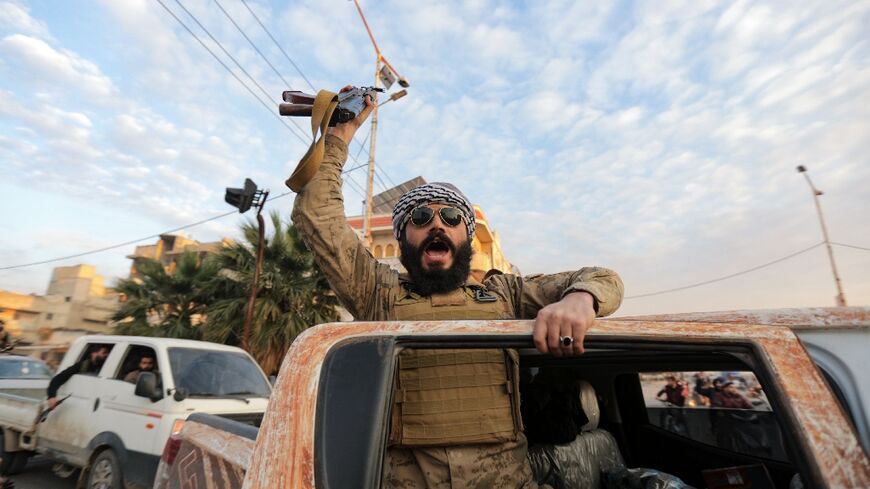Hama, Syrian city at centre of fighting, has brutal history

Syria's fourth-largest city, Hama, which the army on Thursday admitted it lost control of after an Islamist-led rebel advance, was the scene in the 1980s of a massacre that remains among the darkest chapters in the country's history.
Around 210 kilometres (130 miles) north of the capital Damascus, Hama is strategic because of its location between Syria's second city Aleppo -- which rebels took on December 1 -- and Damascus, President Bashar al-Assad's power base.
The city, with a population of about one million, is predominantly Sunni Muslim but also has a minority from the Alawite sect of Shiite Islam, to which Assad belongs. His family has ruled Syria for over five decades.
Like other Syrian cities, Hama rebelled in 2011 against Assad after the government's brutal crackdown on anti-government protests, triggering a civil war that drew in foreign powers and jihadists.
At that time, hundreds of thousands of people took to the streets of Hama, where government troops were absent, and ambassadors from the United States and France arrived to meet the demonstrators, sparking government anger.
On July 31 of that year troops began a major offensive against the city, killing at least 139 people according to opposition groups.
- 'Butcher of Hama' -
Decades earlier, in February 1982, a far bloodier crackdown occurred after an uprising by the Muslim Brotherhood. The group was at the time the main opposition to then-president Hafez al-Assad, father of the current president, and carried out several attacks.
In February 1982 Brotherhood members killed cadres of the ruling Baath Party in Hama, triggering brutal reprisals during a military offensive to quell the uprising using artillery and tanks.
Various sources estimate the deaths between 10,000 and 40,000 in the besieged and isolated city over about one month.
Hafez al-Assad's brother, Rifaat, carried out the repression as head of the "Defence Brigades", an elite force of the authorities.
The action earned him the nickname, "Butcher of Hama".
In March this year, the office of Switzerland's attorney general said it was charging Rifaat al-Assad with "ordering homicides, acts of torture, cruel treatments and illegal detentions".
His alleged "war crimes and crimes against humanity", it said, were committed "in his capacity as commander of the defence brigades... and commander of operations in Hama".
They took place "within the context of the armed conflict and the widespread and systematic attack launched against the population of the city of Hama", it said.
- Precious heritage -
Despite its dark history, Hama is known for its waterwheels, also known as "norias", which are the city's principal attraction along the Orontes River.
Developed in medieval times, they brought water to the city's gardens, bath houses, mosques and wells.
UNESCO, the United Nations world heritage body, calls them "unique, not only on the Orontes and in Syria, but probably in the entire world."







